The ROI of HR Software: How It Saves Time and Money
EmployeeConnect
NOVEMBER 21, 2024
Enhancing Employee Productivity and Retention A satisfied and engaged workforce is a productive workforce. Offering tools for performance management , enabling continuous feedback and recognition. Happier employees are less likely to leave, reducing turnover costs.























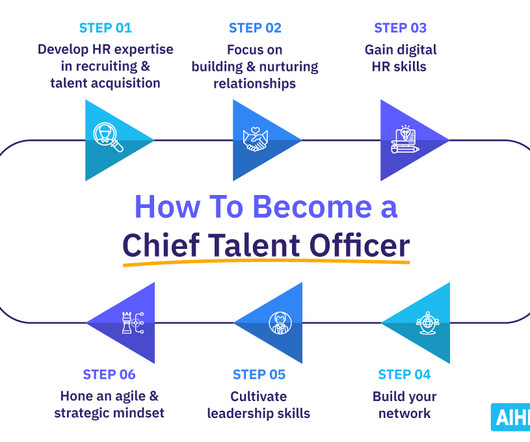
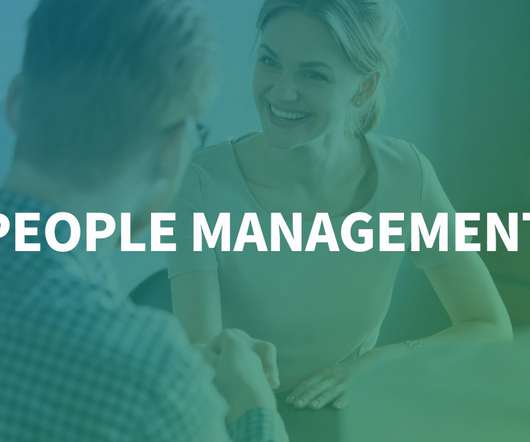

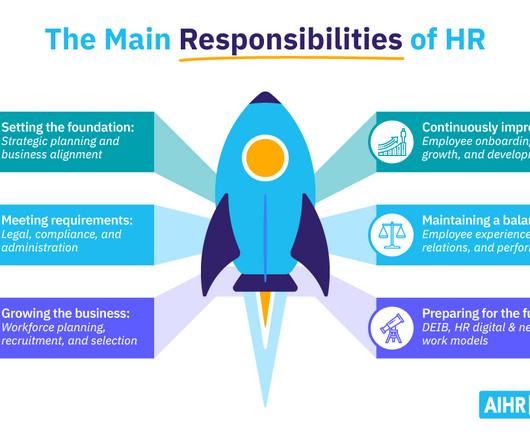
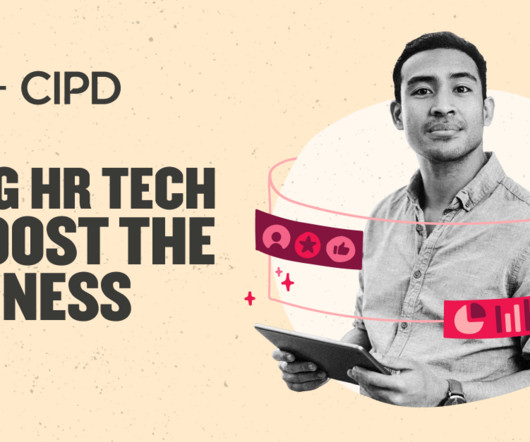


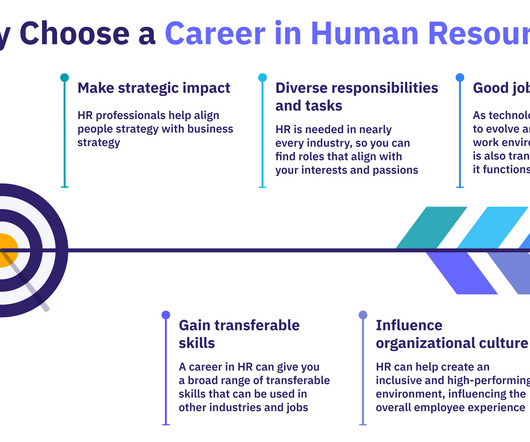





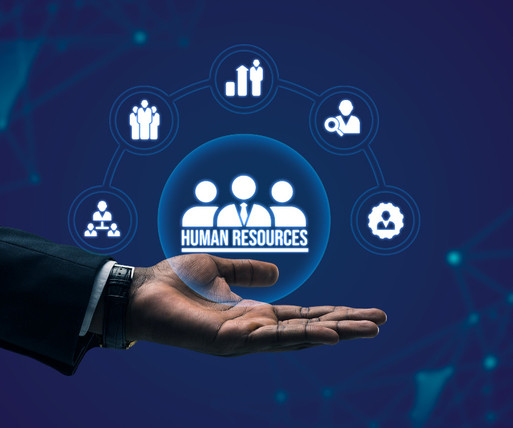

















Let's personalize your content